The Fryer Library offers internships for students in different disciplines. This guest post by one of our Semester 1 interns from ENGL3020, Imogen Bourke, details her research into one of our rare books.
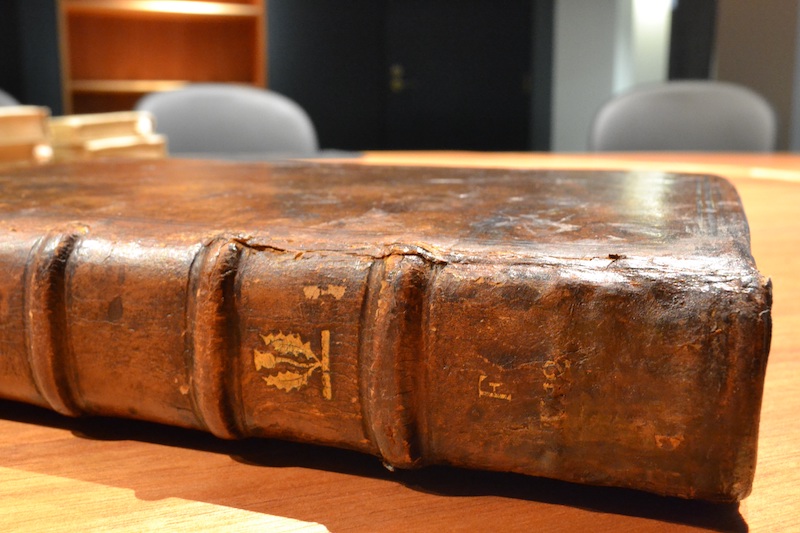
Censorship and Nostalgia
The Historie of the Most Renowned and Victorious Princesse Elizabeth (1630) was published in the midst of the oppressive censorship that marked the first 15 years of Charles I’s monarchy.[1] This was likely what motivated Benjamin Fisher to commission a book portraying Elizabeth I favourably. Fisher was a bookseller on London’s Aldergate street. He had encountered difficulties with authorities four years earlier for selling an unflattering history of Henry III.[2] In this restrictive climate, it is understandable that Fisher would publish a text that was more favourable toward the monarchy.[3] Positive portrayals of Elizabeth I at this time were likely not only due to the constraints of censorship, but also borne from a sense of nostalgia. In these texts, the reign of Elizabeth I was deeply associated with religious stability.[4] In an atmosphere of mounting political and religious tension, it is unsurprising that such texts gained increasing popularity.
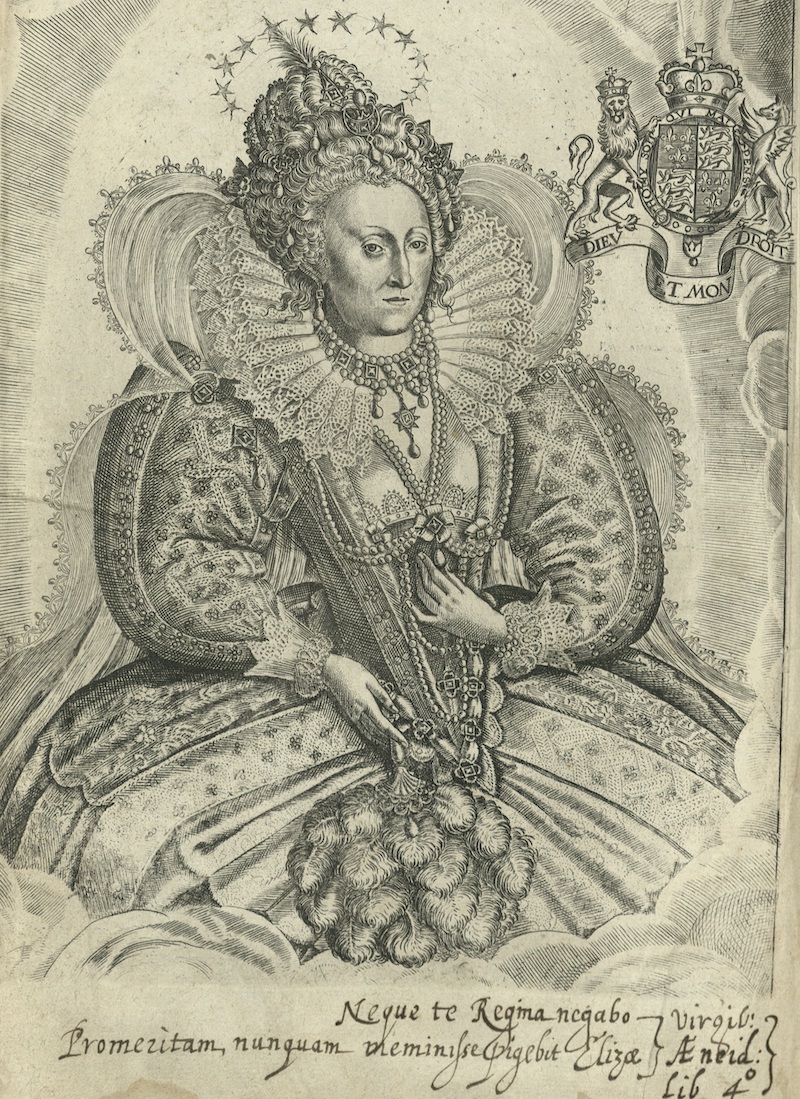
Meaning through Marginalia
Part of this book’s uniqueness lies in the variety of marginalia contained within its pages. For example, the inscription “Blesinton,” and a library number, in the top right corner of the title page, indicates its ownership within the Blessington private library. However, the elaborate signature of "James Steuart,” written upside down on the back endpaper is more suggestive of an individual display of literacy and penmanship. Manicules - illustrations of pointing hands used to mark out specific parts of the text - also feature in the book. Likely dating from the seventeenth century, these marks demonstrate a deliberate personalisation of, and aesthetic engagement with, the text.[5] The makers of this marginalia used the book as a canvas, to display accomplishment in literacy or their own personal connection. However, the History of Elizabeth also contains more casual inscriptions. These include calculations scrawled on the front endpaper and a pen-trial on the last page of the index. This much more superficial treatment strips the book’s meaning back to its barest, most utilitarian purpose - simply as a source of paper.
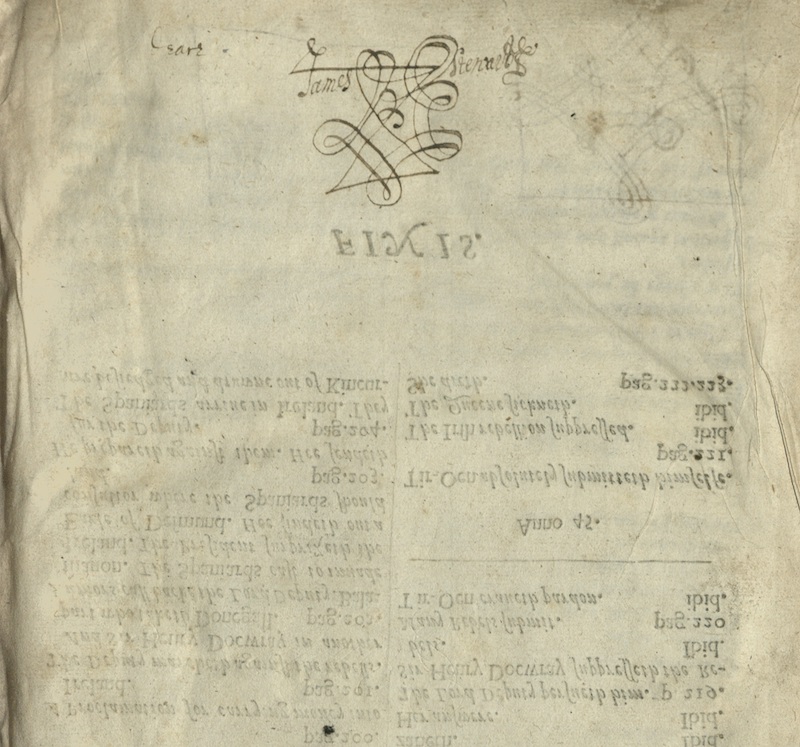
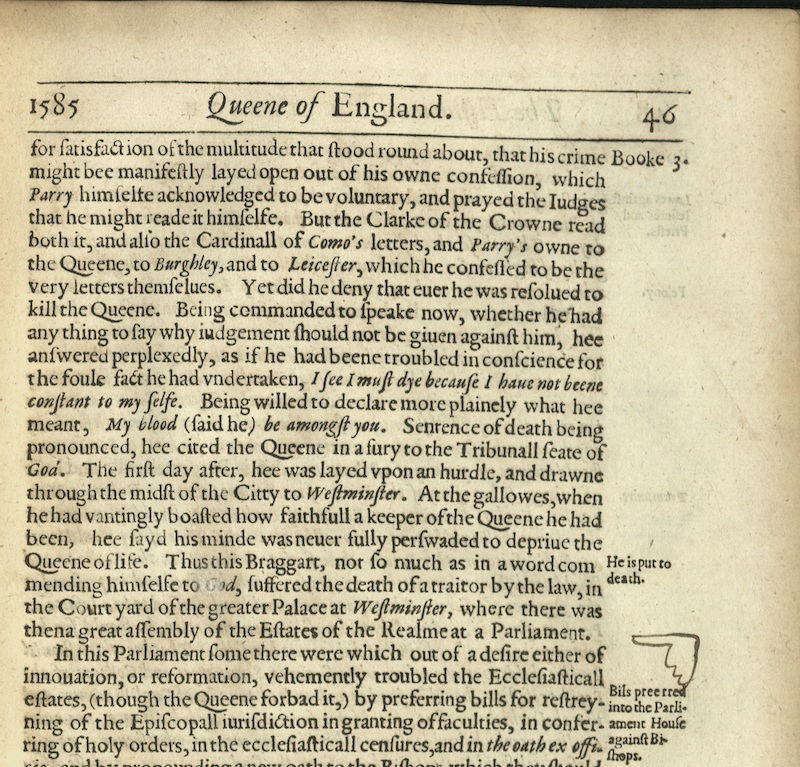
Provenance and Ownership
The Historie of Elizabeth was owned by two Irish gentry families from Dublin in the Early Modern period. As a history, it is representative of the edifying texts that were common in the private libraries of wealthy and educated families. The binding bears the symbol of the Perceval family, and the armorial bookplate of William Perceval is also attached to the front endpaper. In this manner, the Perceval family inscribed their coat of arms, and thus their familial identity, on the text. They aligned their family name with a sense of literary ownership, marking out their class status. The Percevals were likely the book’s first owners. A familial connection to the book can be traced for the Percevals, as the family originally arrived in Ireland from Scotland under Protestant settlement, which was directed by Elizabeth when she took the throne.[6] The book passed from the Percevals to the Blessingtons at some point, likely in the eighteenth century, as indicated by the handwriting of “Blesinton.” Whereas the Percevals were a lineage of Protestant clergymen, the Blessington family held a historic commitment to Catholicism.[7] Although the book took on a different meaning under each Irish gentry owner, both owners formed a personal connection to it. For both the Blessingtons and the Percevals, The Historie of Elizabeth was a valuable commodity and undeniable indicator of their status.
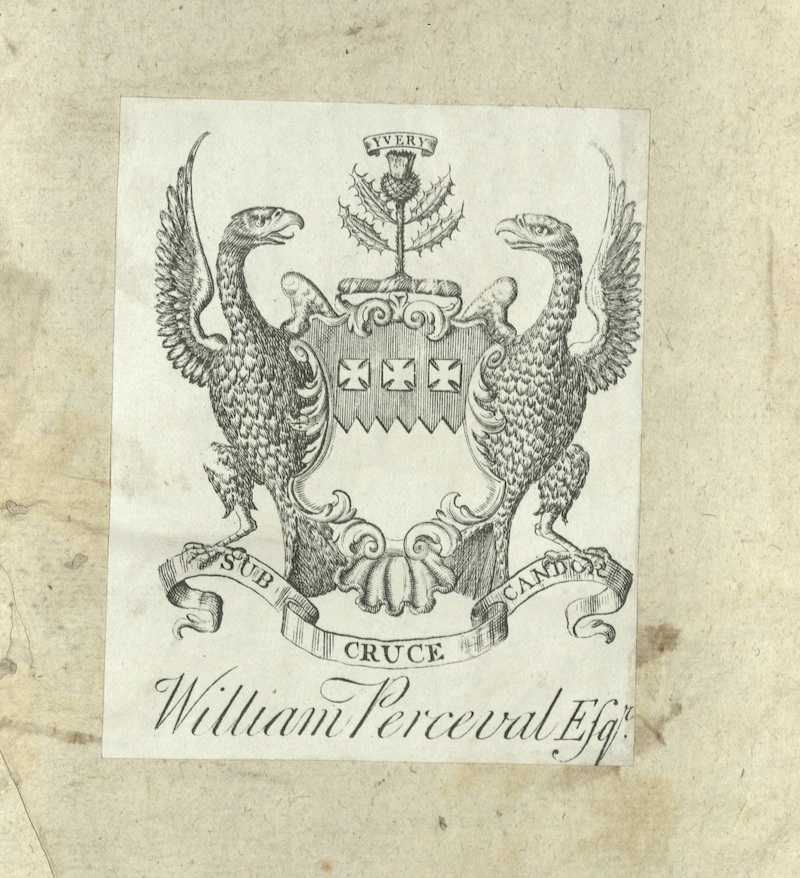
from The Historie of Elizabeth
Bibliography
Gillespie, Raymond, and Andrew Hadfield. The Oxford History of the Irish Book, Volume III: The Irish Book in English, 1550-1800. Oxford: Oxford University Press, 2006.
Matoff, Susan. Marguerite, Countess of Blessington: The Turbulent Life of a Salonnière and Author. Rowman & Littlefield, 2015.
Plomer, Henry. A Short History of English Printing. Kegan Paul, Trench, Trübner and Company, 1900.
Rowland, Richard. Thomas Heywood's Theatre, 1599-1639: Locations, Translations, and Conflict. Surrey: Ashgate, 2010.
Scheuerle, William H. “Gardiner (née Power; other married name Farmer), Marguerite (Margaret), countess of Blessington.” Oxford Dictionary of National Biography, 23 September 2004
Sherman, William. Used Books: Marking Readers in Renaissance England. Pennsylvania: University of Pennsylvania Press, 2009.
Wilson, Catherine Anne. New Lease on Life: Landlords, Tenants, and Immigrants in Ireland and Canada. Ontario: McGill-Queen's Press, 1994.
[1] Henry Plomer, A Short History of English Printing (Kegan Paul, Trench, Trübner and Company, 1900), 1.
[2] Plomer, Short History, 172.
[3] Richard Rowland, Thomas Heywood's Theatre, 1599-1639: Locations, Translations, and Conflict (Surrey: Ashgate, 2010), 308-9.
[4] Rowland, Thomas Heywood, 309.
[5] William Sherman, Used Books: Marking Readers in Renaissance England (Pennsylvania: University of Pennsylvania Press, 2009), 52.
[6] Catherine Anne Wilson, New Lease on Life: Landlords, Tenants, and Immigrants in Ireland and Canada (Ontario: McGill-Queen's Press, 1994), 94.
[7] William H Scheuerle, “Gardiner (née Power; other married name Farmer), Marguerite (Margaret), countess of Blessington,” Oxford Dictionary of National Biography, 23 September 2004.